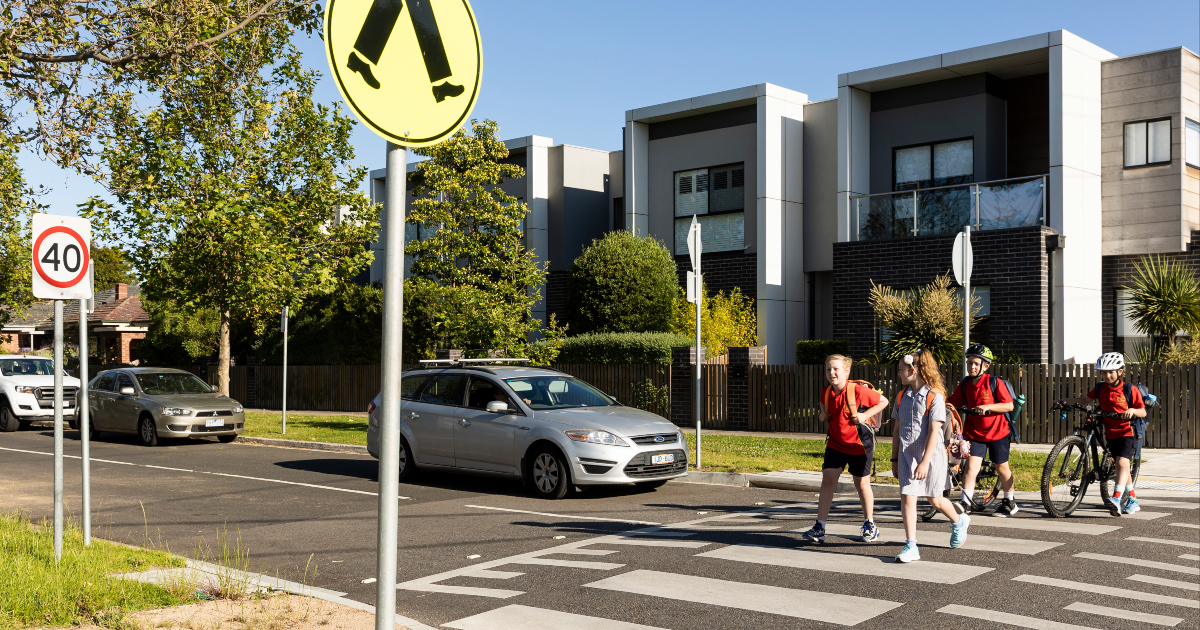
This research explores recent trends in walking and transport in Melbourne, utilising data from the Victorian Integrated Survey of Travel and Activity (VISTA)
Walking has increased to 22.9% of trips in 2020/21, surpassing vehicle passenger as the second most common way of getting around (after vehicle driver). This seems to be a long term trend reinforced by the pandemic, but largely caused by an increase in recreational walking trips. If recreation is excluded, walking makes up a much lower proportion of trips – around 15%.
The report includes more detailed analysis of how children and young people get around. This changes markedly as children get older. Across the period 2016 to 2021, walking remained a common way for children to get to primary (20.4%) and secondary school (18.4%).
While many children walk to school, almost three-quarters of primary school children and two-thirds of secondary students travel by car. This means that a quarter of vehicle trips in metropolitan Melbourne beginning between 8 and 9 am are travelling to school. For more information on this issue and Victoria Walks' suggested actions to increase walking to school and reduce school traffic, read our news story.
This work provides something of an update on our earlier report Walking and Transport in Melbourne Suburbs (2019). However, that report also provided information from a number of other sources to give a broader picture of walking and its role in the transport system.